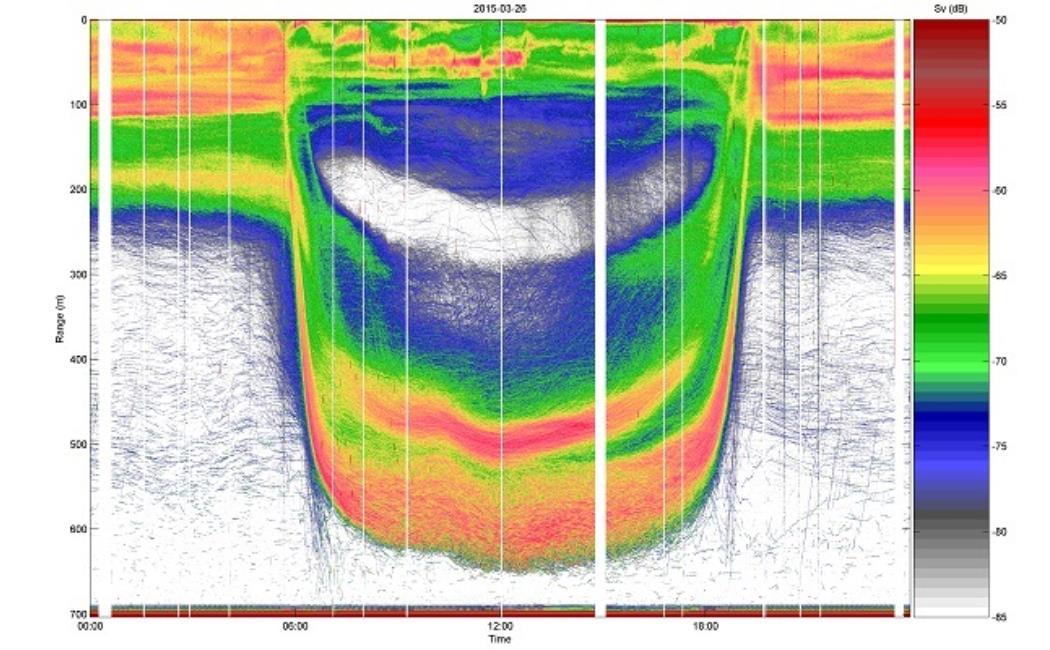
Novel carbon source sustains deep sea microorganism communities
16 September, 2018
The first in-depth analyses of dissolved organic carbon (DOC) cycling in the Red Sea highlights the important role of migrating shoals of fish in sustaining deep-ocean microorganisms and potentially the global carbon cycle.
The biological carbon pump is a cyclical process by which inorganic carbon from the atmosphere is fixed by marine lifeforms and transported through ocean layers into the deepest waters and ocean sediments. Fish that feed at the surface at night and retreat to the mesopelagic zone (200 to 1000 meters depth) by day were thought to influence carbon cycling, but the extent of their contribution has never been explored.
Now, Maria Calleja and Xosé Anxelu Morán at KAUST’s Red Sea Research Center, and coworkers, demonstrate the impact of this daily migration on the vertical movement of carbon in the Red Sea and how it fuels the metabolism of single-celled heterotrophic prokaryotes belonging to the domains Bacteria and Archaea.
Click here to read the full story
Image: This echogram section displays the acoustic data showing the vertical and temporal distribution of fish within a 24-hour cycle. Contouring represents the presence (orange) and absence (white) of fish within the water column. Fish are retreating to 400 and 600 meters depth during the day and spending time in the upper 200 meters at night. The almost vertical lines show the fish swimming down at sunrise and up at sunset.© 2018 KAUST